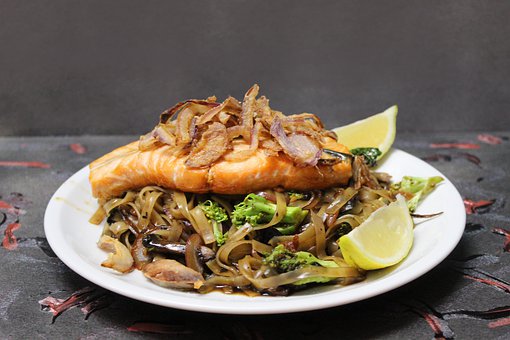According to the Harvard Medical school studies, there are different factor that play in. If we eat wild caught fish that is a cold water fish it has more of the Omega 3s. Salmon is a a good example of this, as is oily and delicious Chilean or Korean sea bass. We want to stay way from the fish containing higher levels of mercury, or have it only once in a while, such as shark, swordfish, and ahi tuna. It is harder for the body to filter out and eliminate the mercury in these fish than others.
Shellfish in general have less Omega 3s than swimmers without shells, but if we eat a hearty portion we will be consuming enough to enhance our health. Bottom feeding shellfish have more minerals than swimmers, such as clams, oysters, crabs, and lobsters. If you are looking for an alternative to fish and do not want a shellfish, try the high protein octopus. Octopus has more than 25 grams of protein in a 3 ounce serving! Compare this to salmon which has 17 grams of protein for the same size portion. Shellfish has iron, vitamin B12 and trace minerals which are good for the body.
Most people think we can only get B12 from land animals and their products, but now we know better. All fish and seafood can be good for you if it is not breaded and deep fried in hydrogenated oils. Please stay away from high mercury fish if pregnant, planning on getting pregnant in the next year, or are under the age of 6. Let us enjoy the highest quality proteins you can afford, along side of the healthy green vegetables our body needs. When we eat healthy dietary fats, the body absorbs more of the nutrients from the veggies. This is called a higher bio-availability factor.
Please let me know what fish and seafood you like and why. I want to hear from you!
Blessings,
KJ Landis
SuperiorSelf channel on Youtube
superiorself on Twitter and Instagram
KJ Landis on LinkedIn
Resource: Harvard Medical School, Focus on Nutrition Newsletter, 2018




 RSS Feed
RSS Feed